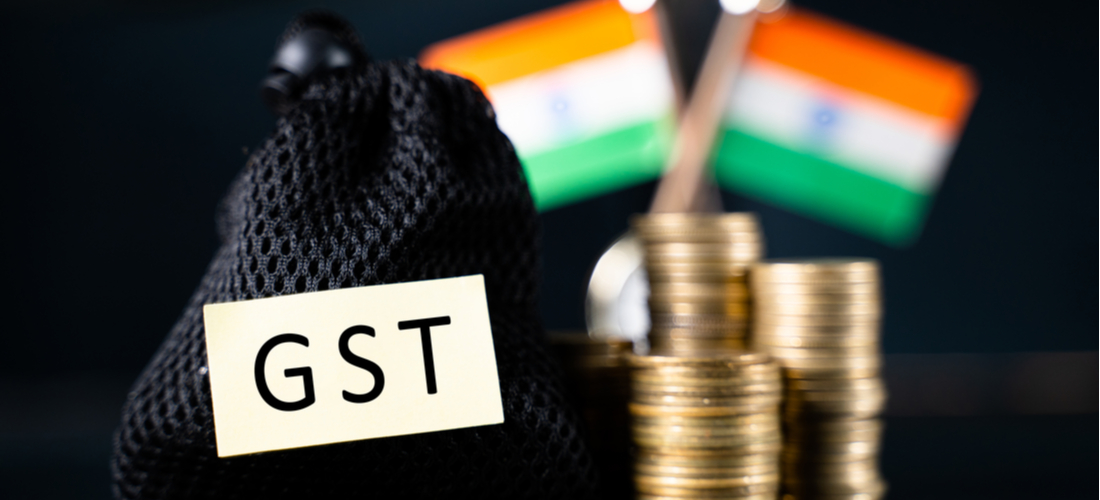GST rates are often high for luxury items and low for necessities. In India it is separated into four slabs: 5% GST, 12% GST, 18% GST, and 28% GST. In this article, we will learn about the changes in the GST rates f and how it shall affect consumers.
Since the beginning of the Goods and Services Tax, the GST Council has altered the GST rate for specific products multiple times (GST). The most recent rate change went into effect on 27 August 2020, at the 41st GST Council Meeting. Previously, there had been a number of GST Council Meetings at which rate changes were introduced.
The 46th GST Council Meeting was held in New Delhi on Friday, 31 December 2021, and was chaired by Finance Minister Nirmala Sitharaman. The 45 GST Council Meeting, which took place on 17 September 2021, was more than three months ago. The GST Council will gather for the second time for a physical meeting following the outbreak of the COVID-19 epidemic.
When and How Does the GST Rate Change?
For any GST rate modification, the GST Council interacts with the Fitment Committee. The proposed GST rate modifications are then announced during online GST Council sessions. Later, the CBIC implements the adjustments by posting a notice on the CBIC website. The date of implementation of the new rate is usually specified in the notification itself; otherwise, the date of implementation is the date of publication of the modifications in the Central Government’s official gazette.
GST Tax Rates: Impact Consumers:
- The GST rate on cancer-related drugs was reduced from an earlier 12% to 5%
- The GST rate on retrofitment kits for vehicles used by Divyang/Persons with Disabilities was reduced to 5%
- The GST rate on fortified rice kernels was reduced from 18% to 5%
- The GST rate on biodiesel has also been reduced from 12% to 5%
- No discussion was held on reversing the hike in the GST rate on footwear
- A hiked GST rate of 5–12% will be rolled out from 1 January 2022. The decision was taken at the 45th GST Council Meeting in order to correct the inverted duty structure
- The hike in the GST rate in the textile industry has been deferred from 5 to 12%. So the status quo will be maintained at 5% and hiked rates will not be rolled out from January 1, 2022
- Every e-commerce business providing online food delivery services will be responsible for collecting tax on behalf of eateries, which will take effect on January 1, 2022
- In February 2022, the Fitment Committee will examine and submit its suggestions on the following:
You can use our GST calculator to know how much GST you owe before you register. You can also use the calculator to
- Examine the exempted products and services in order to broaden the tax base and prevent the ITC chain from being broken.
- Examine the inverted duty structure’s rectification. By assessing the products under the inverted duty structure, GOM is supposed to recommend appropriate rate changes in order to reduce the refund payout.
- Examine the current tax slab structure and suggest any adjustments that might result in a better and simpler tax system, such as merging tax slabs or eliminating tax slabs.
Empower your business decisions with precision! Access our reliable Online GST Calculator now.
Critical Analysis of GST Impact:
Thus, the current GST rates ensued by the 46th council burden consumer classes with increased tax slabs on quite a number of fronts. It was a single-agenda emergency meeting. There was no discussion on compensation states from the Centre or even on the new COVID variant Omicron. Many regular goods would fall under increased GST slabs and inverted tax structures under the new rules, which is not so friendly for the lower middle-income groups.
The GST Council has made a commendable decision to defer the increase in the GST rate on textiles from 5% to 12% with effect from 1 January 2022, as this will provide much-needed impetus and support to the textile sector, where a large number of small and medium-scale taxpayers were concerned in the aftermath of the COVID recovery economy. Furthermore, if the government intends to do away with the inverted duty structure for the textile sector, it should lower the GST rates on raw materials to 5% from 12% or 18%.
However, there is no deferment on the GST rate on footwear, which will make footwear prohibitively expensive for the average person.


